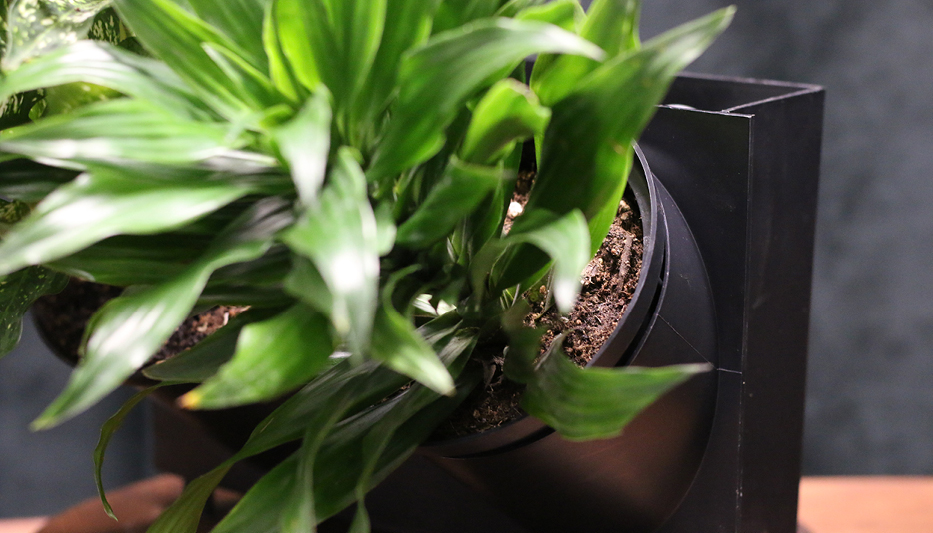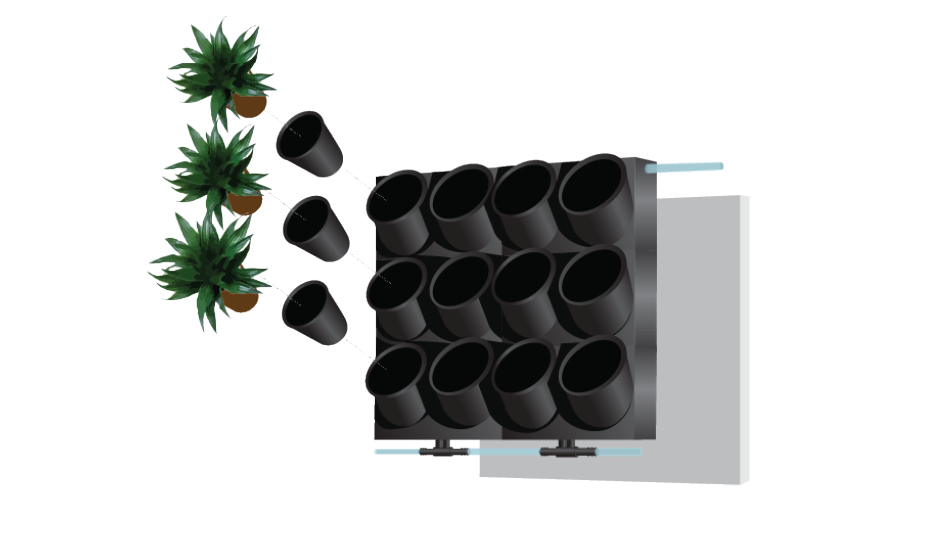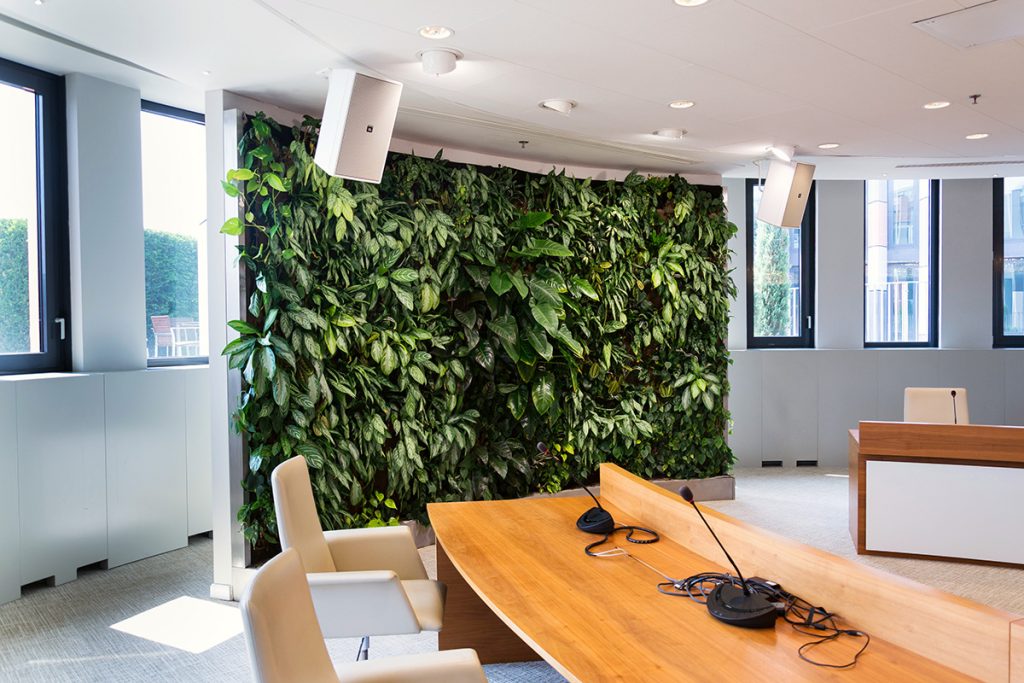How this system compares to other systems on the market and is it right for your project?

HOW IT WORKS



THINGS TO KNOW




More Articles…